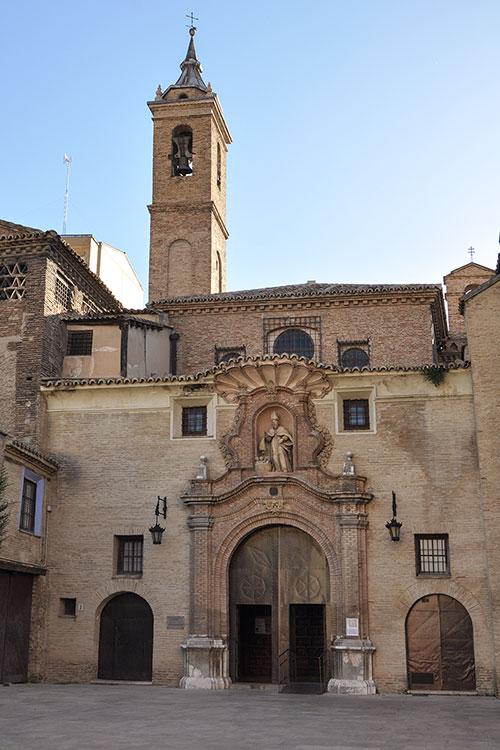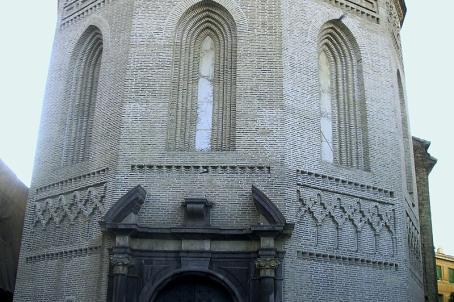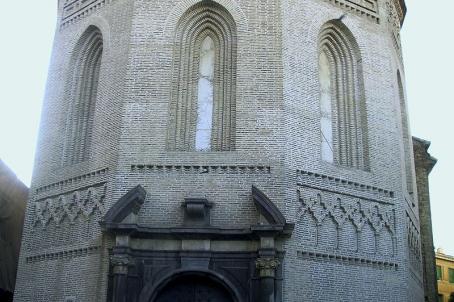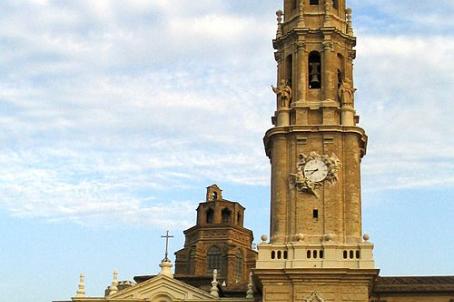Monastery of Santo Sepulcro de Zaragoza

This female monastery of the Holy Sepulchre was founded in Zaragoza by Marquesa Gil de Rada, who in 1300 had been widowed by Pedro Fernández de Híjar, the illegitimate son of Jaime I. The monastery is still active.
About this building
During the 14th century, important building work was carried out on the monastery, thanks to the patronage of Friar Martín de Alpartir, canon of the house of Calatayud. In 1361 the church and parish church of San Nicolás, which still belongs to the monastery, was given to them. At the end of the 14th century Jaume Serra worked on the altarpiece of the Resurrection, now in the Museo of Zaragoza. The place was badly damaged in the 19th century due to the Spanish War of Independence. At the end of the same century, a part of the monastery had to be rebuilt due to collapses.
For more information about this building visit https://www.monestirs.cat/monst/annex/espa/arago/sarag/cSant-Sepulcre.h…





